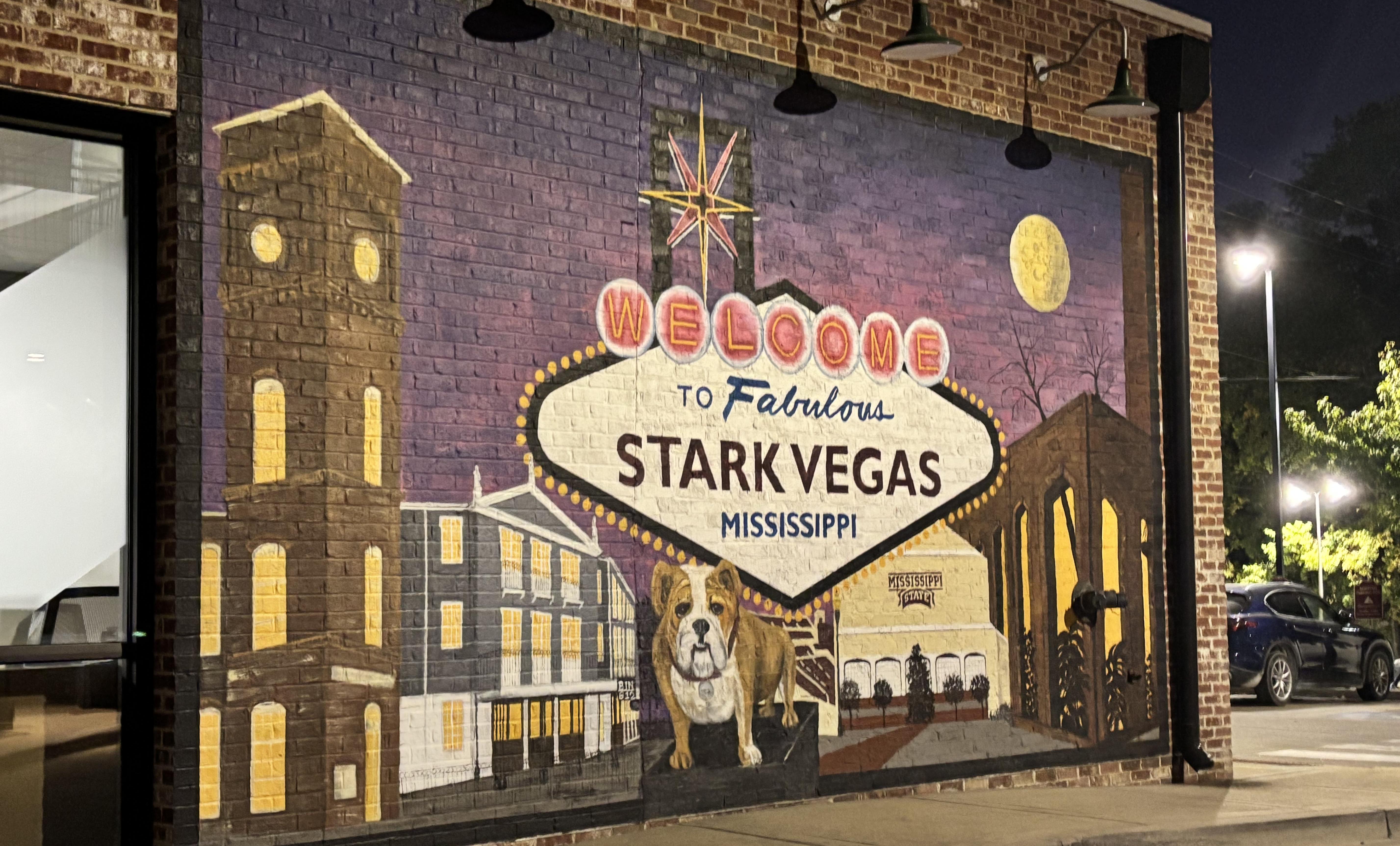13 Aesthetically Pleasing Museums Where the Architecture is as Stunning as the Art
The world of museums offers a unique intersection where art and architecture converge, creating spaces that are as captivating as the exhibits they house. These institutions are not merely repositories of history and culture; they are themselves masterpieces, showcasing the ingenuity and creativity of architects and artists alike. This article embarks on a journey to explore 13 museums renowned for their aesthetic appeal, where the building and its contents together tell a cohesive story. These museums stand as testaments to human creativity, each offering a unique experience that transcends the traditional boundaries of art and architecture.
1. The Guggenheim Museum, Bilbao: A Titanium Symphony

The Guggenheim Museum in Bilbao, Spain, is a marvel of modern architecture. Designed by Frank Gehry, the building is a masterpiece of contemporary design, featuring flowing, organic forms clad in titanium. Its innovative structure reflects the avant-garde art it contains, creating a seamless dialogue between the interior and exterior. The museum revitalized the city of Bilbao, transforming it into a cultural hub. Visitors are drawn not only to the art within but also to the building itself, which has become an iconic symbol of modern architecture. This harmonious blend of form and function makes the Guggenheim a must-visit for art and architecture enthusiasts alike.
2. The Louvre, Paris: A Timeless Icon
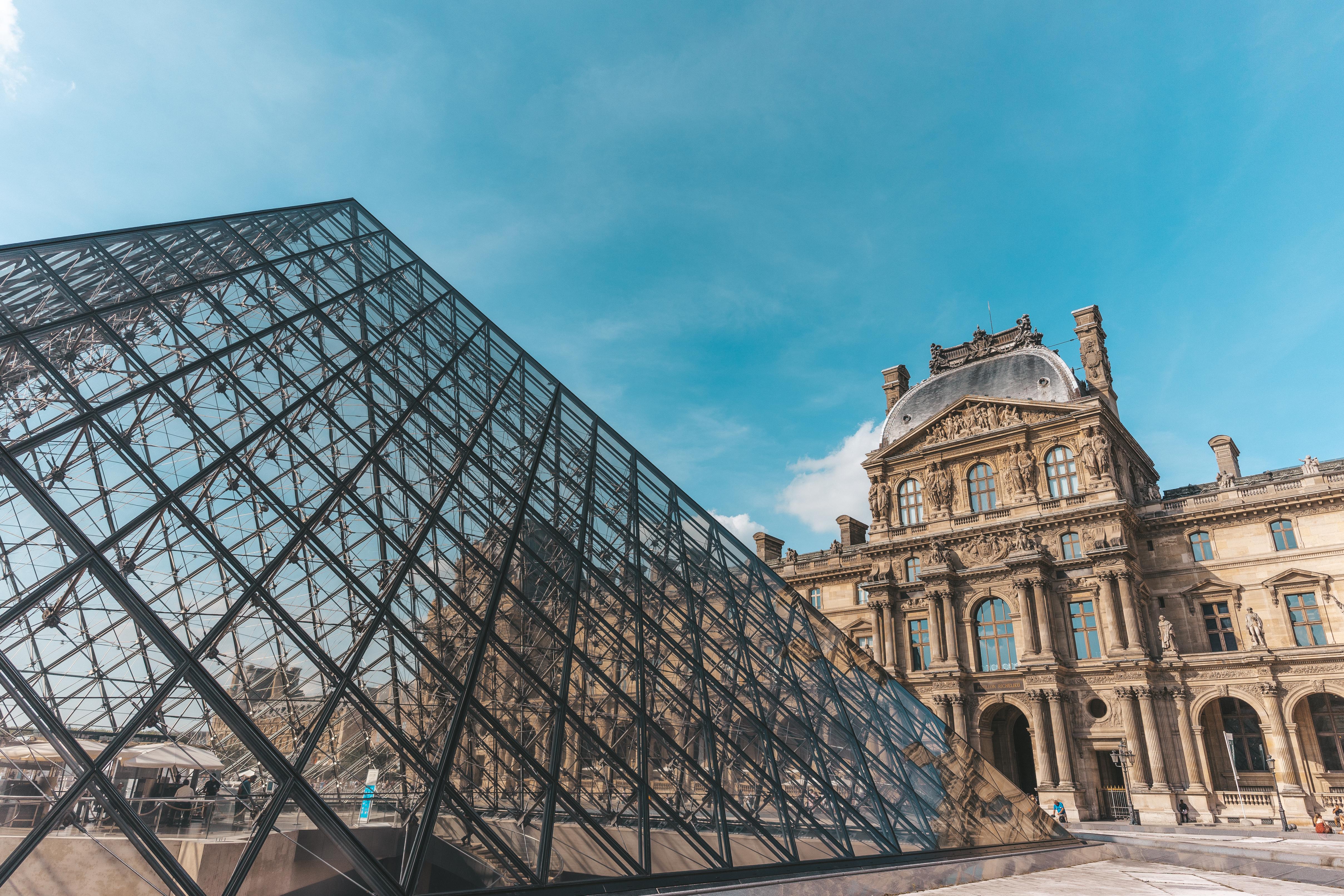
The Louvre in Paris is one of the world's most famous museums, combining classical and modern architectural elements. Originally a royal palace, it has evolved over centuries into a vast complex of galleries and courtyards. The addition of I.M. Pei's glass pyramid in 1989 introduced a striking modern element to the historic site. This juxtaposition of old and new creates a dynamic visual experience, inviting visitors to explore the museum's extensive collection. The Louvre's architecture is a testament to its rich history, offering a unique backdrop for its world-renowned art collection.
3. The Museum of Islamic Art, Doha: A Cultural Oasis
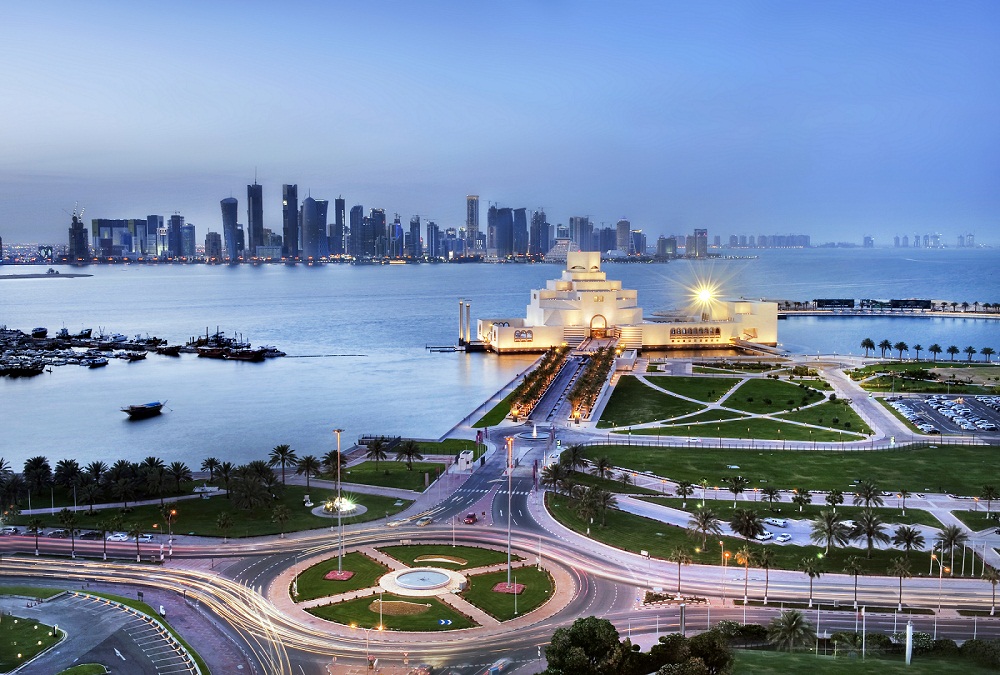
Situated on an artificial island in Doha, Qatar, the Museum of Islamic Art is a striking example of modern Islamic architecture. Designed by I.M. Pei, the building draws inspiration from traditional Islamic design, with geometric patterns and a domed atrium. The museum houses an extensive collection of Islamic art, spanning over 1,400 years. Its architecture reflects the cultural heritage of the region, creating a serene and contemplative space for visitors. The museum's design emphasizes the interplay of light and shadow, enhancing the beauty of the art within.
4. The National Museum of African American History and Culture, Washington D.C.: A Monument to History

The National Museum of African American History and Culture in Washington D.C. is a powerful symbol of resilience and hope. Designed by David Adjaye, the building's unique shape is inspired by the three-tiered crowns used in Yoruban art. The bronze-colored façade is adorned with intricate patterns, reminiscent of ironwork created by enslaved African Americans. The museum's architecture reflects the rich cultural heritage it celebrates, providing a space for reflection and education. The building itself is a work of art, inviting visitors to engage with the history and culture it represents.
5. The Royal Ontario Museum, Toronto: A Crystal Transformation
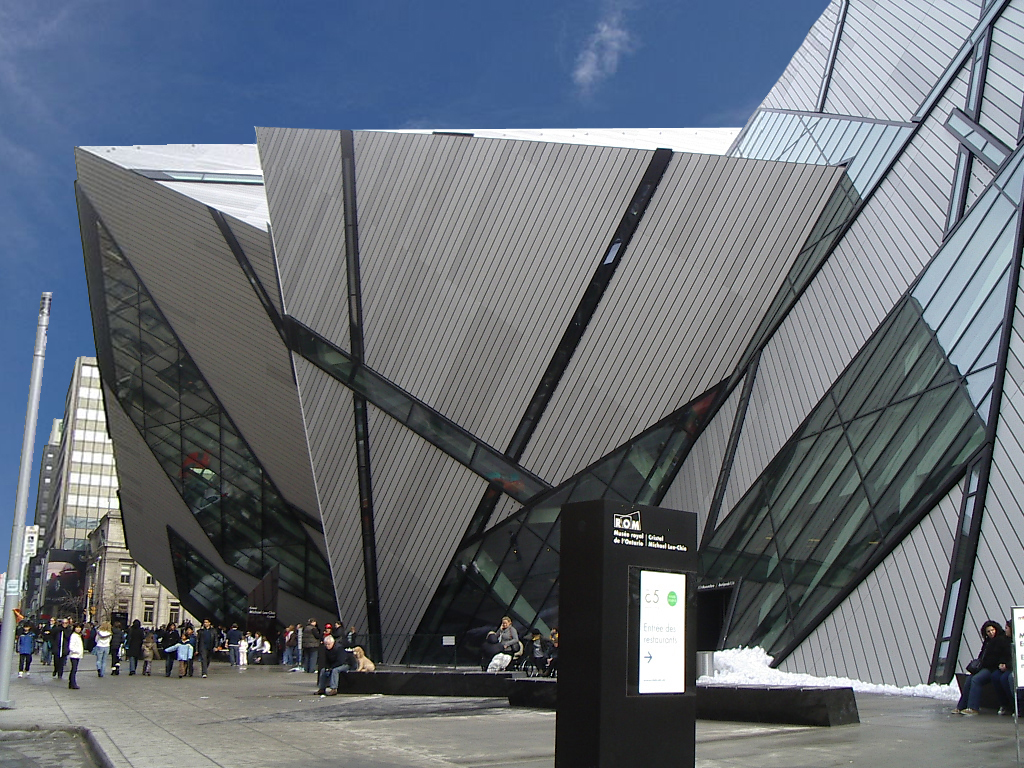
The Royal Ontario Museum in Toronto is a stunning example of how contemporary architecture can transform a historic building. The museum's original structure, built in 1914, was expanded in 2007 with the addition of the Michael Lee-Chin Crystal, designed by Daniel Libeskind. This bold, angular extension contrasts with the original building, creating a dynamic visual tension. The crystal's glass and aluminum façade reflects the surrounding cityscape, blurring the boundaries between inside and out. This innovative design enhances the museum's role as a cultural landmark, attracting visitors with its striking architecture and diverse exhibits.
6. The Getty Center, Los Angeles: A Modern Acropolis
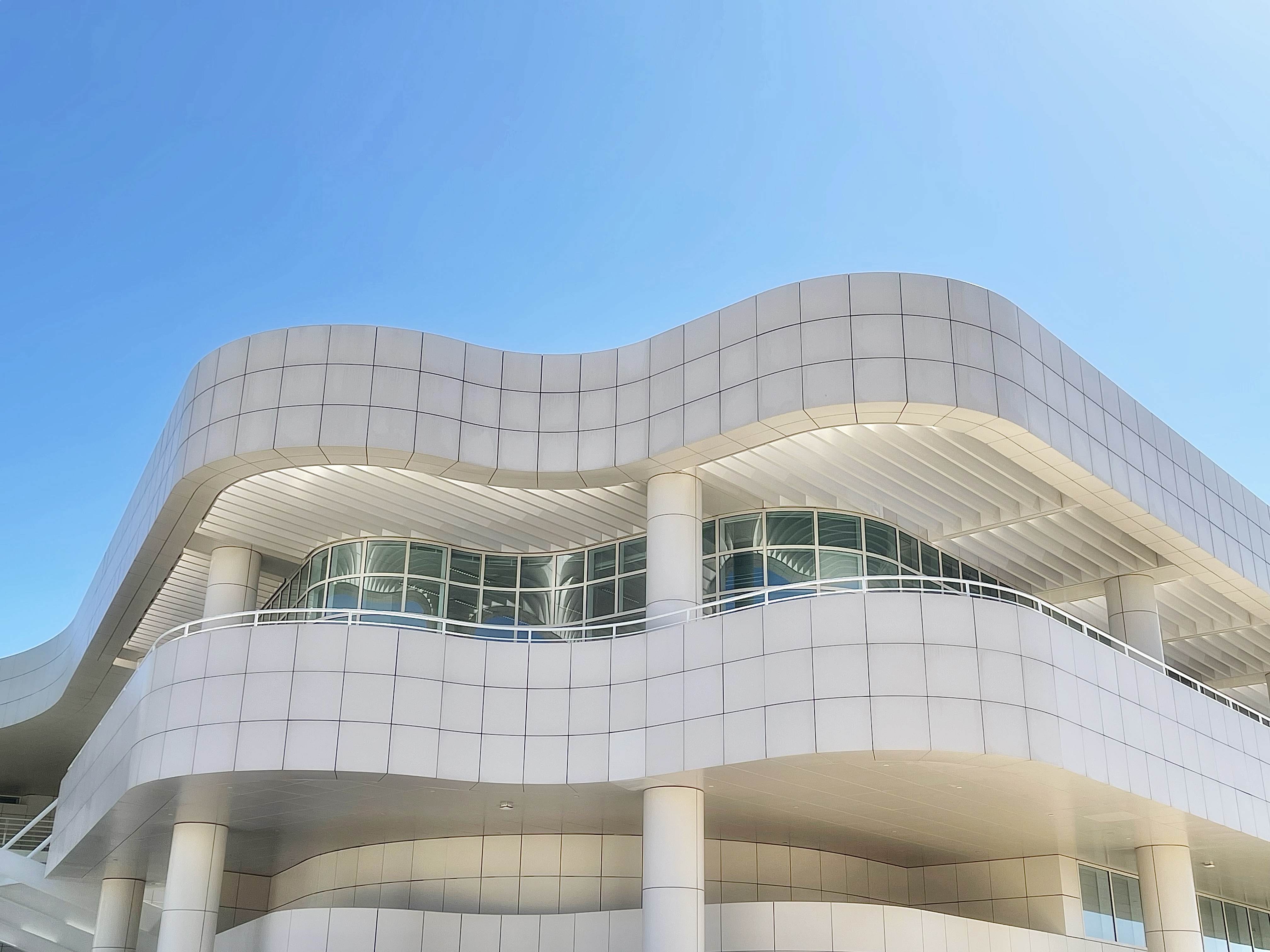
Perched atop a hill in Los Angeles, the Getty Center is a masterpiece of modern architecture. Designed by Richard Meier, the complex features a series of interconnected buildings clad in travertine stone. The museum's design emphasizes harmony with the natural landscape, offering panoramic views of the city and the Pacific Ocean. The Getty Center houses an extensive collection of art, ranging from European paintings to modern sculpture. Its architecture reflects the museum's commitment to accessibility and education, providing a welcoming space for visitors to explore and learn.
7. The Hermitage Museum, St. Petersburg: An Imperial Legacy
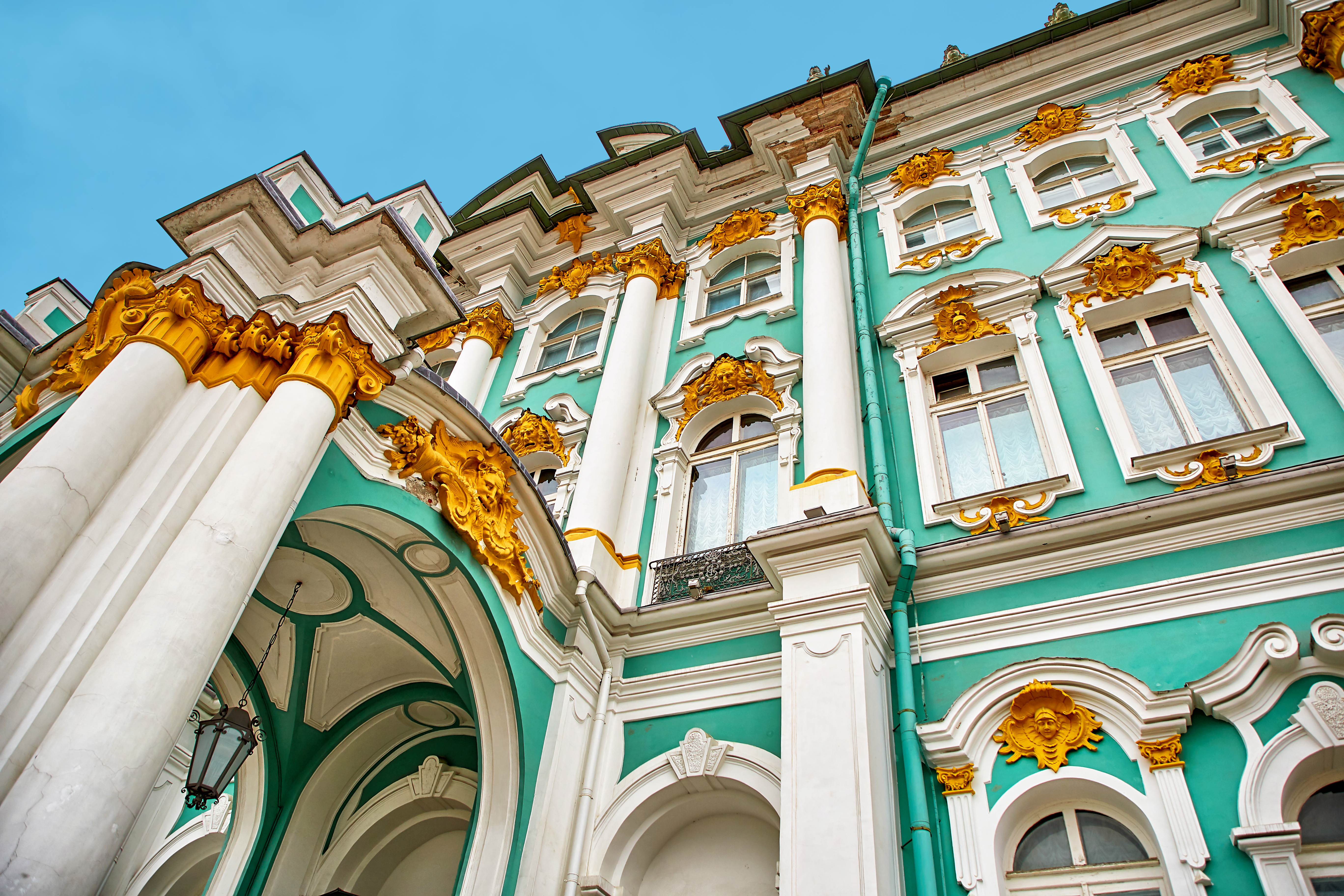
The Hermitage Museum in St. Petersburg is a grand example of Baroque architecture. Housed in the Winter Palace, the museum's opulent design reflects its origins as the residence of Russian emperors. The building's ornate façade and lavish interiors create a sense of grandeur, befitting its extensive collection of art and artifacts. The Hermitage's architecture is a testament to its imperial past, offering visitors a glimpse into the history and culture of Russia. The museum's design enhances the experience of viewing its world-renowned collection, creating a sense of awe and wonder.
8. The Museum of Pop Culture, Seattle: A Rock 'n' Roll Vision

The Museum of Pop Culture in Seattle is a vibrant celebration of contemporary culture. Designed by Frank Gehry, the building's bold, curvilinear forms and colorful metallic surfaces reflect the dynamic nature of pop culture. The museum's architecture is inspired by music, with its undulating shapes evoking the energy and movement of sound waves. Inside, the museum houses exhibits on music, film, and video games, offering a diverse and engaging experience. The building itself is a work of art, inviting visitors to explore the ever-evolving world of pop culture.
9. The Acropolis Museum, Athens: A Tribute to Ancient Greece

The Acropolis Museum in Athens is a modern homage to the ancient world. Designed by Bernard Tschumi, the building's sleek, minimalist design contrasts with the ancient artifacts it houses. The museum's architecture is carefully aligned with the Parthenon, offering stunning views of the Acropolis. The use of glass and concrete creates a sense of openness and transparency, allowing natural light to illuminate the exhibits. The Acropolis Museum provides a modern setting for the treasures of ancient Greece, enhancing the experience of exploring this rich cultural heritage.
10. The V&A Dundee, Scotland: A Cultural Beacon
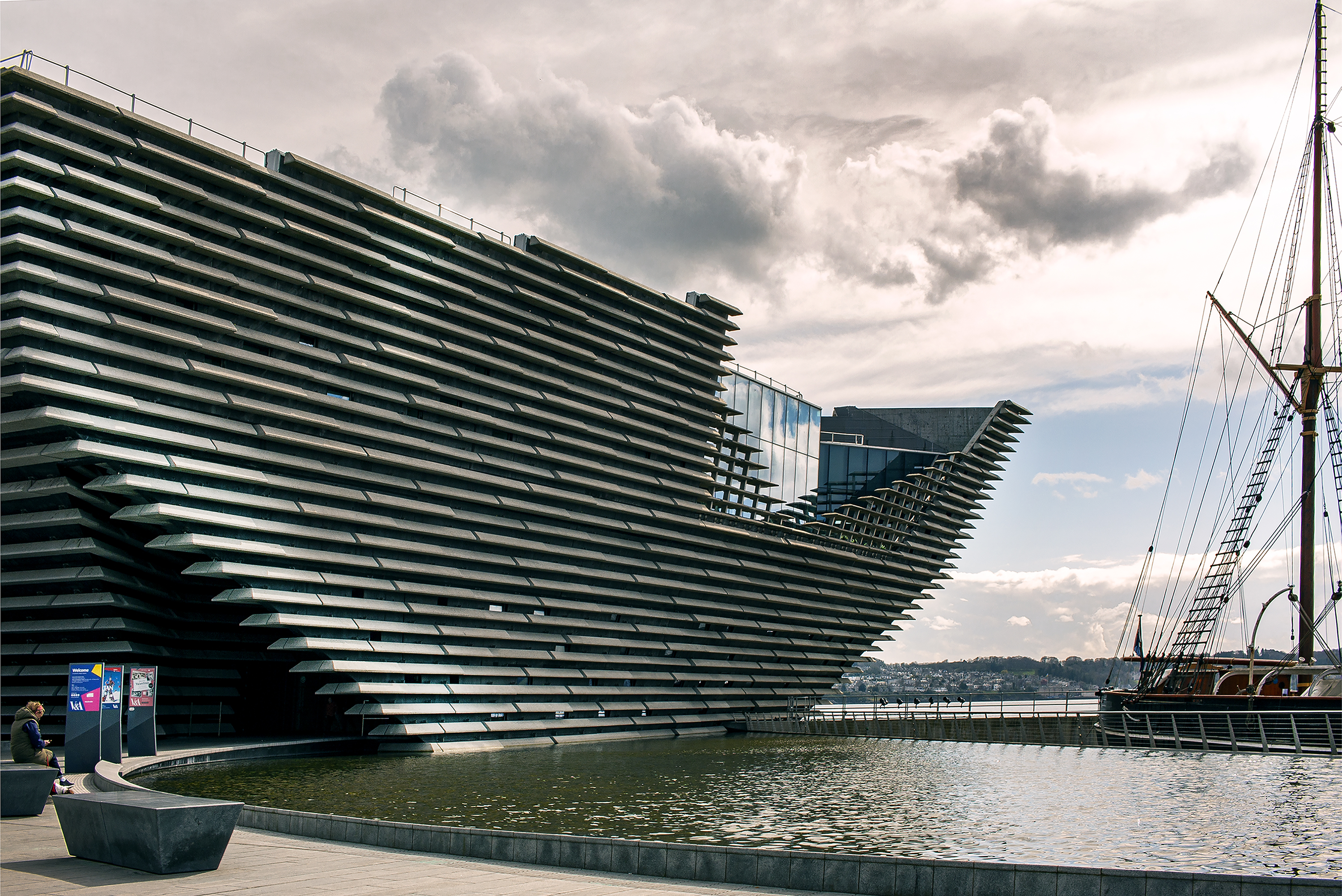
The V&A Dundee in Scotland is a striking example of contemporary architecture. Designed by Kengo Kuma, the building's angular forms and textured façade are inspired by the cliffs of Scotland's coastline. The museum's design emphasizes the relationship between land and sea, creating a dynamic and engaging space. Inside, the V&A Dundee houses a diverse collection of design and decorative arts, offering a unique perspective on the creative process. The museum's architecture reflects its commitment to innovation and education, providing a cultural hub for the city of Dundee.
11. The National Museum of Qatar, Doha: A Desert Rose
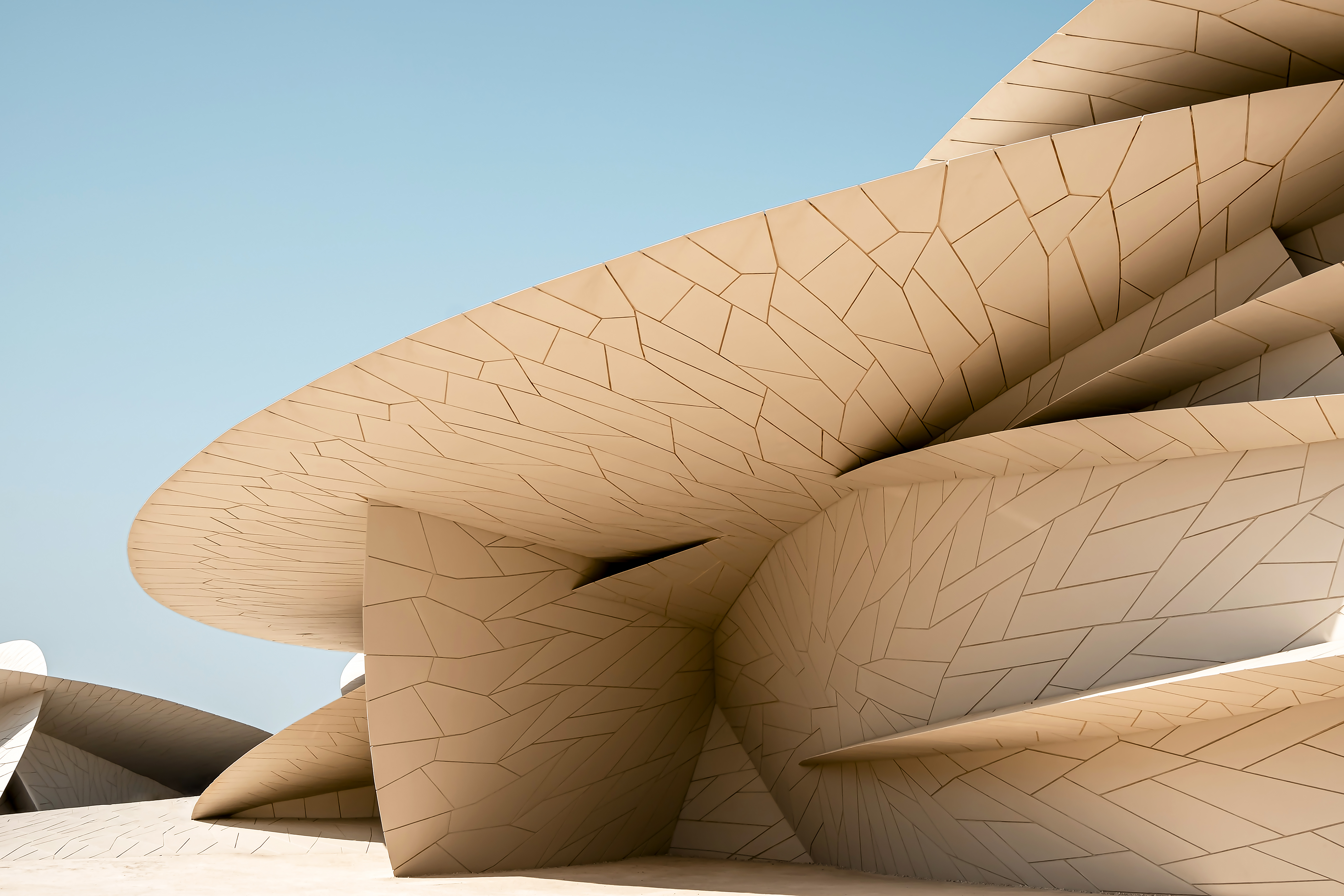
The National Museum of Qatar is a stunning architectural masterpiece inspired by the desert rose, a natural crystal formation. Designed by Jean Nouvel, the building's interlocking discs create a dynamic and organic form that reflects the natural landscape of Qatar. The museum houses a collection of artifacts and exhibits that explore the history and culture of the region. Its architecture emphasizes the connection between nature and culture, creating a unique and immersive experience for visitors. The National Museum of Qatar is a testament to the power of architecture to inspire and educate.
12. The Oslo Opera House, Norway: A Cultural Landmark
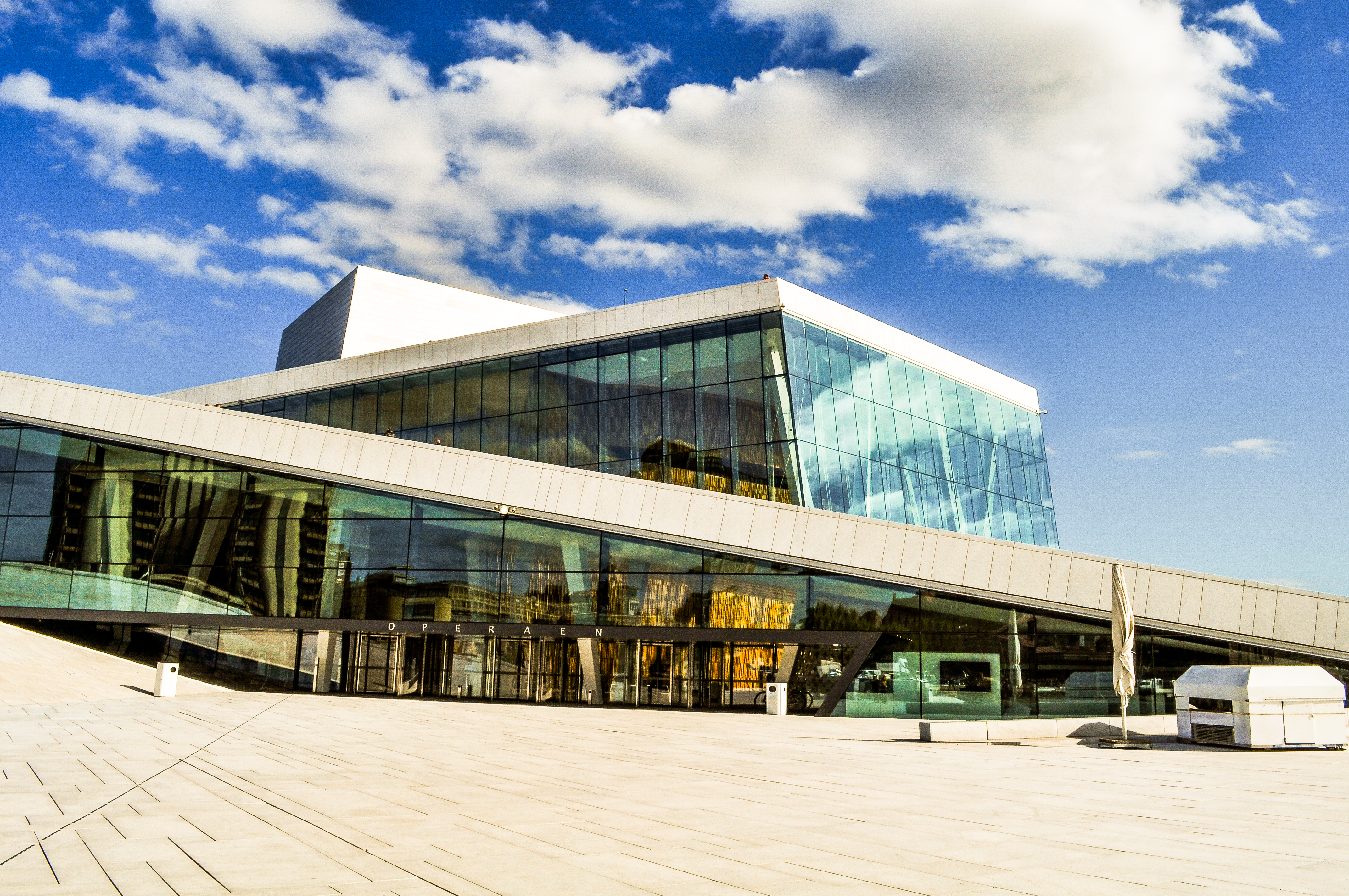
The Oslo Opera House in Norway is a striking example of modern architecture. Designed by Snøhetta, the building's angular forms and sloping roof create a dynamic and engaging space. The opera house's design emphasizes the relationship between the building and its surroundings, offering stunning views of the Oslo fjord. Inside, the opera house houses a diverse program of performances and events, attracting visitors from around the world. The building itself is a work of art, inviting visitors to explore the world of opera and music in a unique and inspiring setting.
13. The Zeitz Museum of Contemporary Art Africa, Cape Town: A Cultural Hub
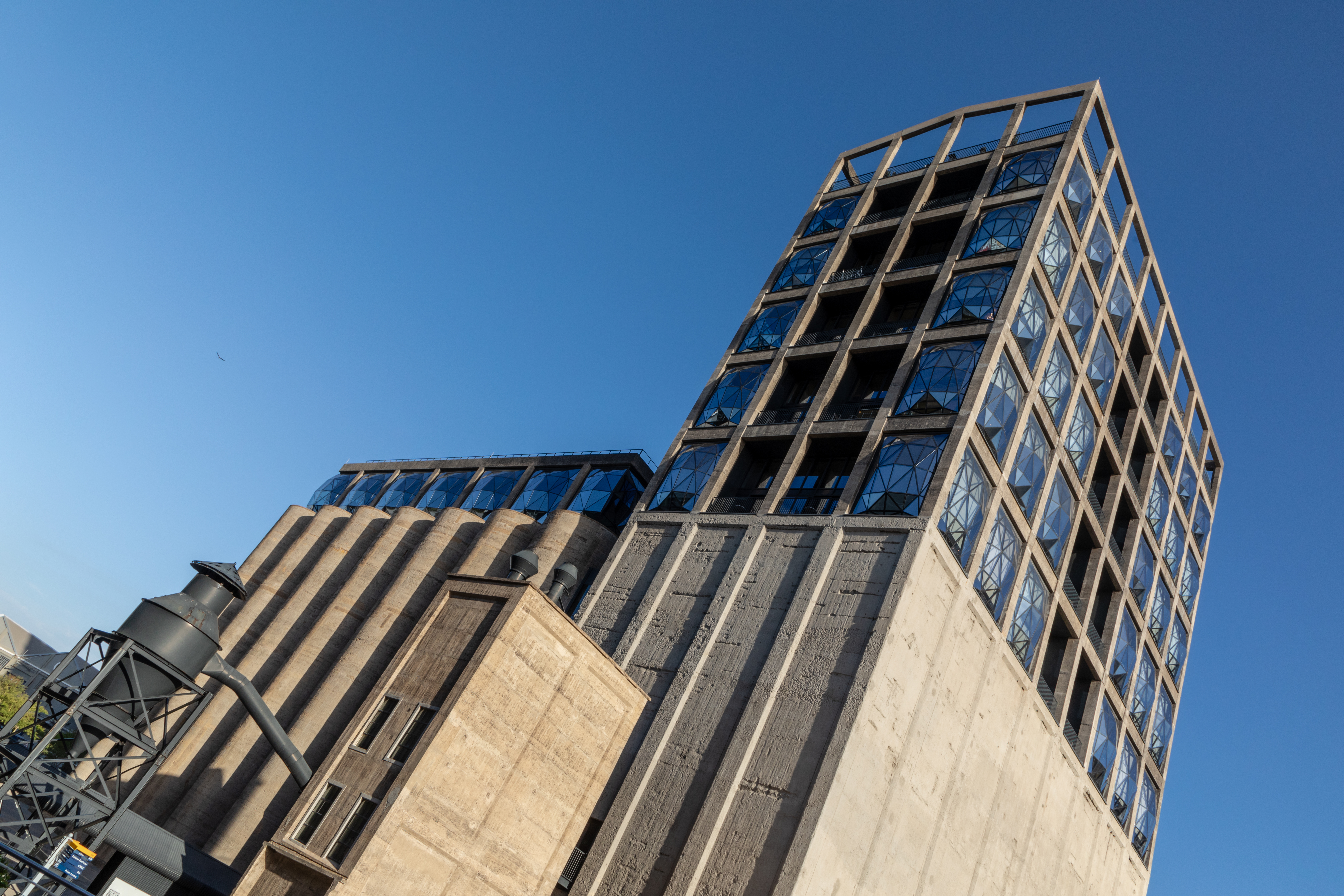
The Zeitz Museum of Contemporary Art Africa in Cape Town is a vibrant celebration of contemporary African art. Housed in a former grain silo, the museum's architecture reflects its industrial heritage. Designed by Heatherwick Studio, the building's interior features a series of interconnected galleries and atriums, creating a dynamic and engaging space. The museum's design emphasizes the relationship between art and architecture, offering a unique perspective on the creative process. The Zeitz Museum is a cultural hub for the city of Cape Town, attracting visitors with its striking architecture and diverse exhibits.
A Global Tapestry of Creativity
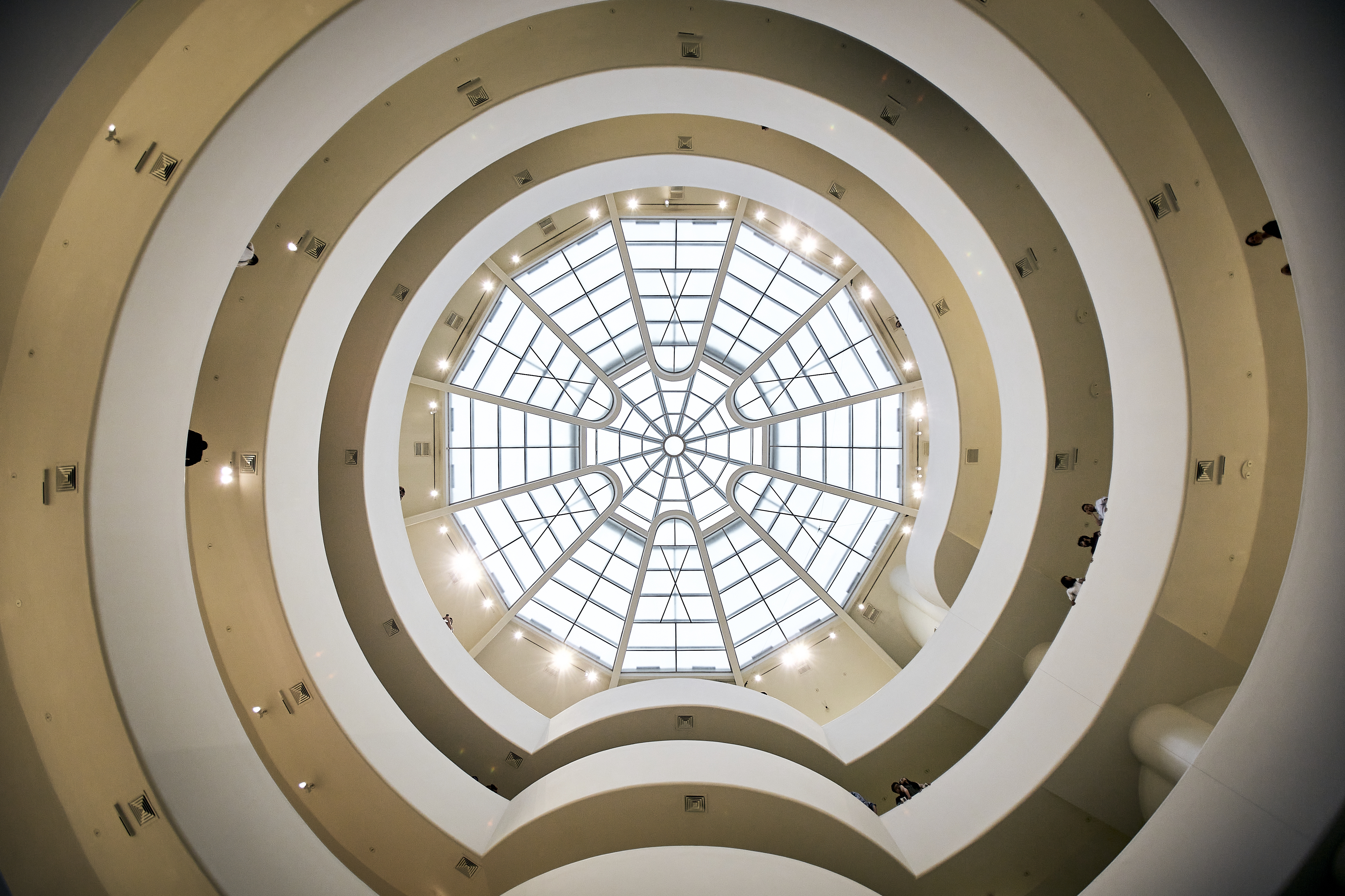
The museums highlighted in this article represent a global tapestry of creativity, where architecture and art converge in stunning harmony. Each institution offers a unique experience, inviting visitors to explore the rich cultural heritage of the world. These museums are not only repositories of art and history but also masterpieces in their own right, showcasing the ingenuity and creativity of architects and artists alike. As we marvel at these aesthetically pleasing spaces, we are reminded of the power of architecture to inspire and transform, creating spaces that enrich our understanding of the world and our place within it.



